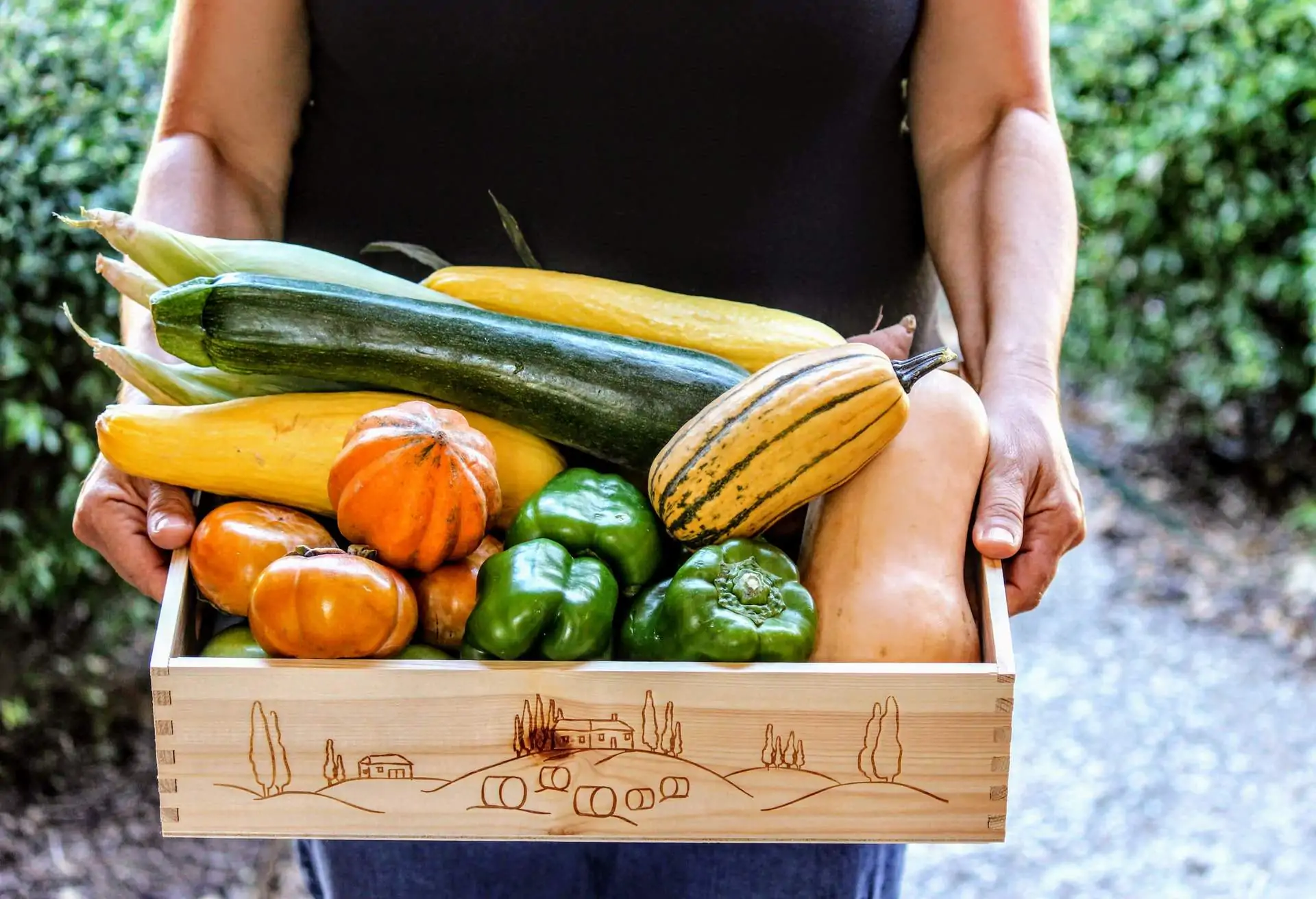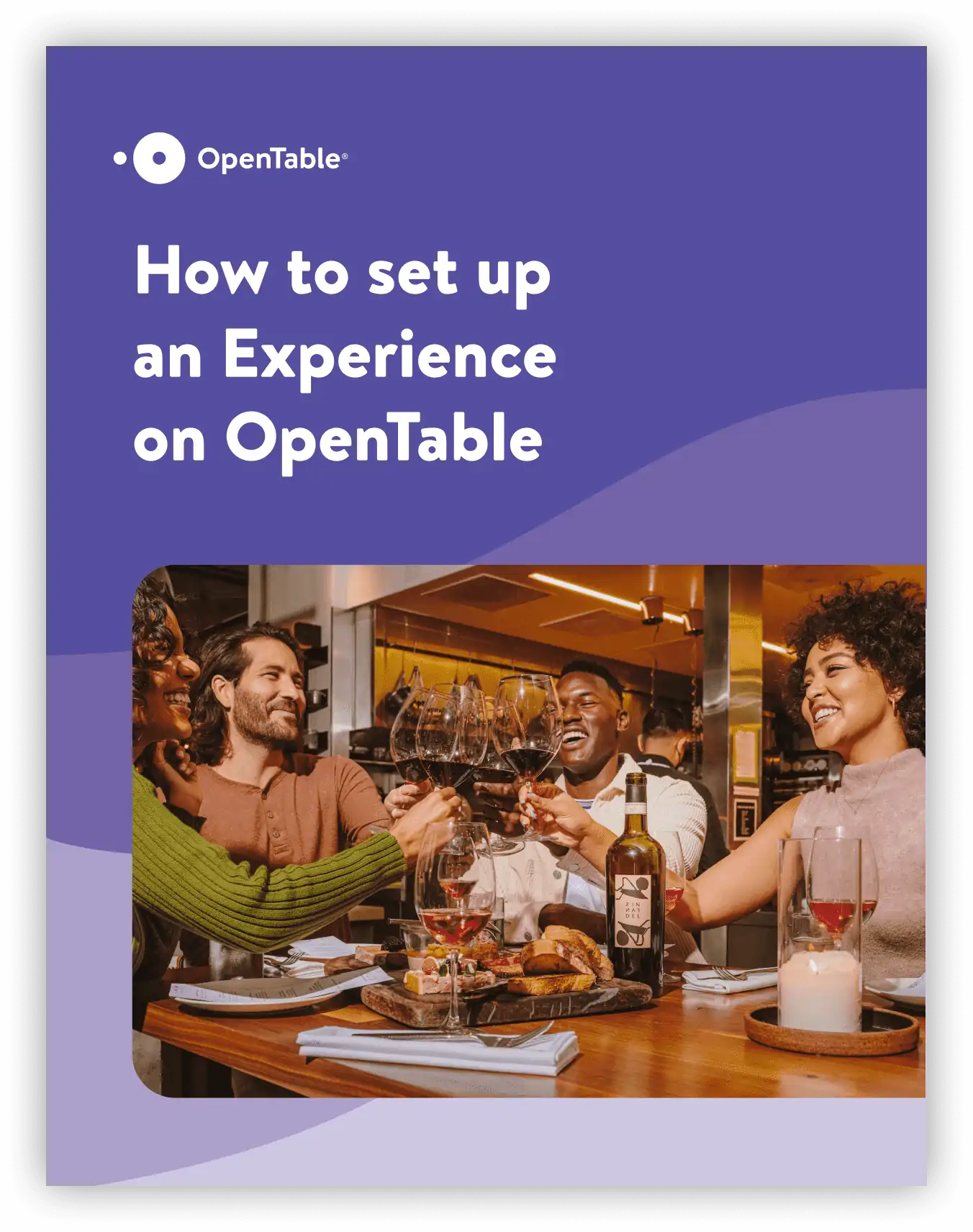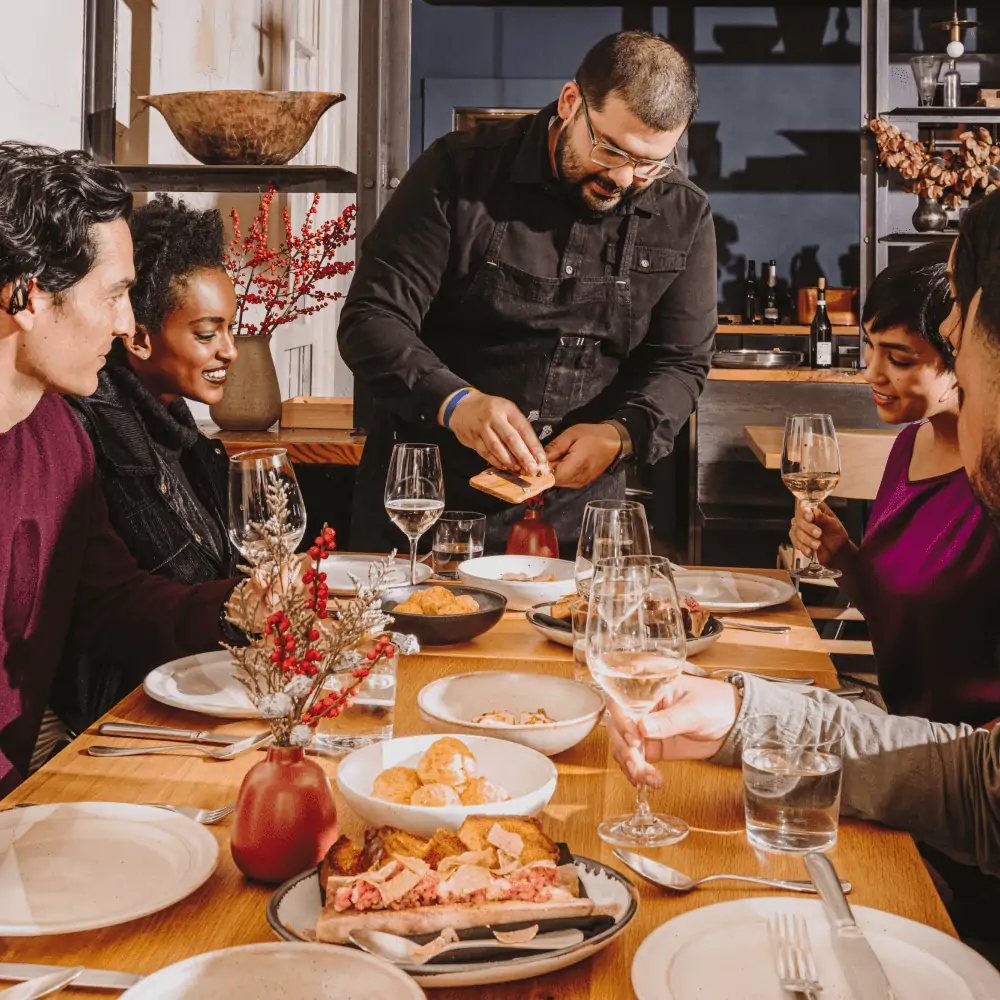In 2020, the pandemic thoroughly knotted the global supply chain. As cargo ships piled up off the coast of California, restaurant deliveries became unpredictable, food prices went up, and certain ingredients including chicken wings and steak were hard to come by.
Two years later, supply chain issues continue. Even spots that never considered themselves “farm-to-table” are taking a fresh look at local food for new, practical reasons. When the supply chain breaks down, local food can offer clear business advantages.
“When the borders closed, there was a limit to what I could get,” says Jason Bangerter, chef at Langdon Hall Dining Room in Ontario, Canada. He has always been dedicated to local food, but recent events have strengthened his commitment. “It highlighted the importance of supporting local farmers and other suppliers,” he recalls.
Here are some reasons stemming directly from the supply chain chaos that are making restaurateurs of all types turn to food produced in their own backyard.
Sometimes local food is cheaper than commodity food
When it comes to cost, one thing is clear: everything is more expensive than it was last year. Inflation is obviously an issue, but it doesn’t tell the whole story. The labor shortage is driving up prices as well. Chicken producers, for example, don’t have the workers they need to process the birds or the drivers to transport them. It’s an issue of demand exceeding supply.
Sysco CEO Kevin Hourican noted that food costs have increased by more than 10%, according to Restaurant Business. To further complicate the issue, the biggest meat companies may be exploiting the moment, artificially inflating prices for their own profit, according to Business Insider.
“Everything is more expensive,” says chef Quentin Garcia of Rainbird, a fine dining restaurant in Merced, California. “Beef, chicken, and sometimes vegetables have doubled or even tripled in price.”
Garcia says that in the past, commodity short ribs were a go-to item for him—until the price increased to $12 a pound through the large purveyor he used. “Now I get local, organic, grass-fed short ribs from 45 minutes away for $7.25 a pound,” he says. He’s noticed the same with some vegetables. Cherry tomatoes shot up to $80 a case. Now, he gets the same quantity from a nearby farm for a lower price.
This isn’t true across the board. Even with the supply chain difficulties, local food will sometimes cost more than the alternatives. “I’m a strong believer in you get what you pay for, and the high quality of local food has always been worth it to me,” says Bangerter. But there are more opportunities to save through sourcing locally than there have been in the past.
Local food availability can be easier to predict
Restaurateurs need to know what products will be delivered in order to manage their menus, operations, and budgets. So-called “big food” used to be able to provide this sense of certainty. In the current supply chain situation, this isn’t always the case. “Commodity producers have become erratic. I’ve had weeks at a time when I couldn’t get the most basic ingredients like milk and butter,” says Garcia.
Working with local producers isn’t a perfect solution. A patch of rough weather can alter crop yields and ruin the strawberries a chef ordered, for example. But there are ways to manage this that work for both a restaurant and a farm, according to Garcia.
“Local purveyors can give you a pretty accurate prediction about what’s coming. They can say, ‘In four to six weeks, I’ll have X amount of Y product,’” says the chef. And when conditions change, they know in advance.
“Smaller farmers will call chefs and give them a heads up that the harvest is lean,” he says. This gives a chef time to alter the plan instead of having to make menu changes on the fly when the delivery person shows up without certain key ingredients.
Garcia has noticed local farmers adapting to the situation by offering restaurants contracts for a specific quantity of a product over a certain number of weeks. This helps restaurants plan in advance, and it allows farmers to fine-tune what and how much they cultivate. “As a result of all this [supply chain disruption], local growers are evolving and getting better at meeting a restaurant’s needs,” says Garcia.
Menus built on local food are nimble
Historic high prices and spotty availability led to constantly changing menus. Chefs like Bangerter who have long cooked with seasonal ingredients are used to being flexible and tweaking dishes based on what’s available. But now other restaurants are learning to be more flexible about their menus. Bangerter says many chefs in his professional network have reached out recently for local sourcing advice. For their part, guests are getting used to the idea that a menu may change from one visit to the next.
When a restaurant considers buying more local food, these bugs can be turned into features. Hyper-seasonal foods can come and go in a matter of weeks, and a menu that can easily change gives restaurants the opportunity to buy them when the flavor is at its peak but the price is at its lowest. In-season asparagus is abundant and inexpensive compared to imported out of season asparagus, for example.
The rapid expansion of digital menus shared with guests via QR codes has made frequent menu updates a nonissue compared with the hassle of updating printed menus. Changing a digital file is easier than redesigning and reprinting menus all the time.
Buying local offers unexpected opportunities
When you buy eggs from a large purveyor, you’ll never get to know the person who tends the chickens. Chef Garcia has a warm relationship with his local egg guy, and it goes beyond the simple pleasures of friendly business interactions.
“I hate food waste,” says Garcia. Like many chefs and restaurateurs, he’s always trying to figure out ways to put less in the compost or trash bin. “I was trying to think of something to do with my lettuce trimmings. We make a lot of salad, and there’s a good amount of trimmings,” he says.
While pondering this problem, he thought of his egg producer. “I know he cares about what the birds eat, and this is good organic lettuce. I thought, maybe I can give him the trimmings for his hens.” The egg producer was so happy to have a free source of this high-quality food, he started giving Garcia a deep discount on his eggs.
Bangerter, who has significantly expanded his network of local purveyors over the past two years, sees farmers as creative partners. “We work together to create the desired end product,” he says. He brainstormed which tomato varieties to plant with farmers and asked egg producers to tweak hen feeds to create eggs with a specific flavor profile.
It goes to show that relationships with local growers can save money, fuel creativity, and reduce waste in unexpected ways while making work more meaningful and fun.
No one knows what will happen with the supply chain in the coming months. Some industry experts and economists predict it may be another two years before the crisis passes, according to The Guardian.
“I don’t foresee any stabilization,” says Garcia. And though there are no upsides to this level of supply chain chaos, it may ultimately bring more restaurants into the local food movement. “All the momentum local food has seen lately as more restaurants have turned to local purveyors, it’s going to be harder to go back,” says Garcia.




